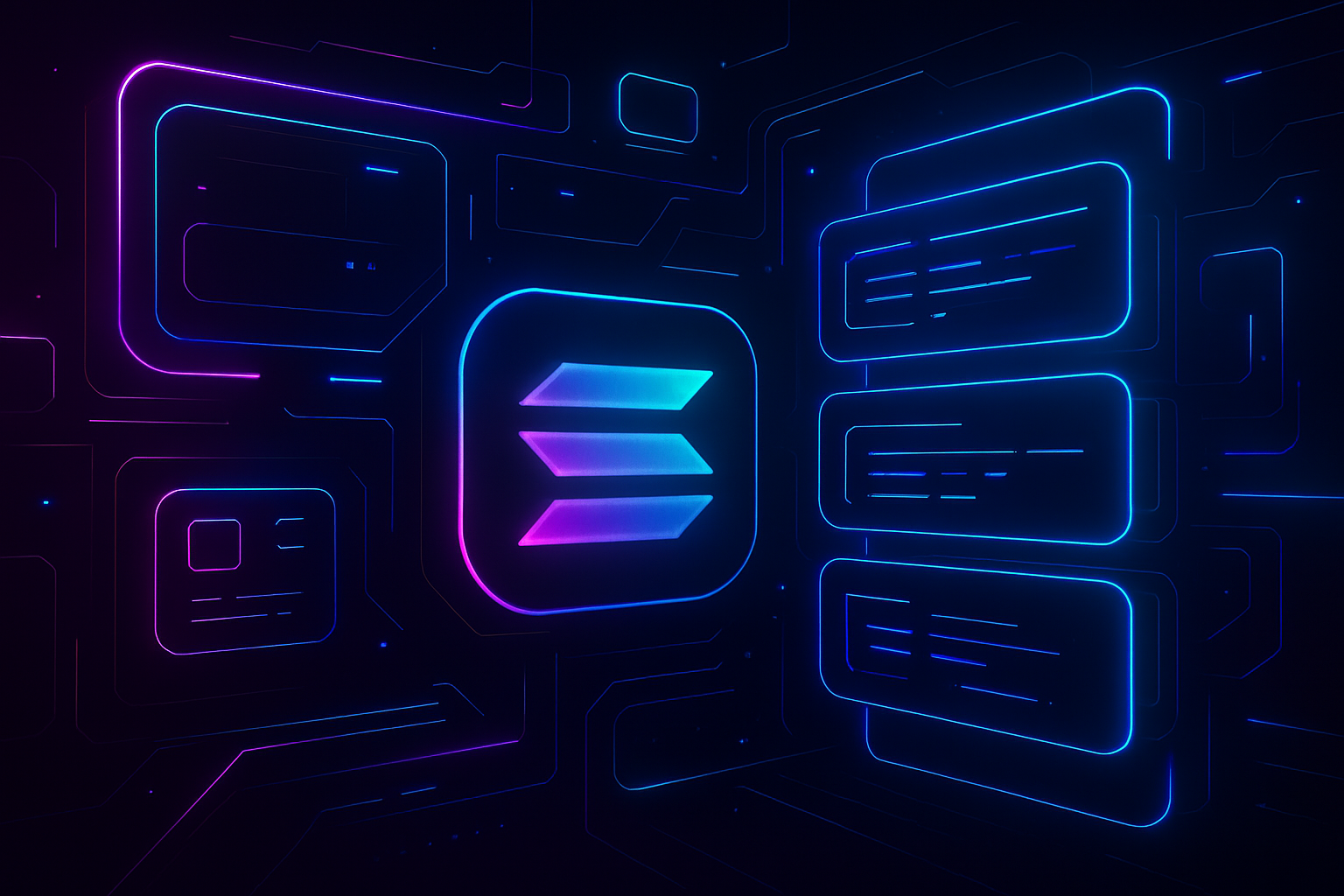
Solana’s reputation for high throughput and low fees has made it a darling of the blockchain world, especially for developers seeking to build responsive decentralized applications (dApps). But as user expectations shift toward near-instant interactivity, think real-time gaming, DeFi dashboards that update in milliseconds, or AI-driven on-chain experiences, even Solana’s native block times of around 400 milliseconds can feel sluggish. Enter Ephemeral Rollups, a breakthrough pioneered by MagicBlock, offering sub-50 millisecond latency and unlocking a new era of scalable, real-time dApps on Solana.

What Makes Ephemeral Rollups Different?
At their core, Ephemeral Rollups Solana are specialized execution layers that temporarily delegate control of specific accounts to dedicated Solana Virtual Machine (SVM) instances. These ephemeral environments process transactions off-chain at lightning speed before committing the final state back to the mainnet. The result: end-to-end global latencies as low as 10-50 milliseconds, orders of magnitude faster than conventional blockchain processing.
This isn’t just theoretical. According to Solana Compass, these rollups maintain full composability with existing Solana smart contracts, so dApps can integrate seamlessly without fragmenting liquidity or relying on complex bridges. For developers and users alike, this means the best of both worlds: modular rollup frameworks with all the liquidity and security benefits of the Solana mainnet.
The Scalability Leap: From Gaming to DeFi
The implications for Solana dApp scalability are profound. With ephemeral rollups, developers can spin up multiple execution environments on demand, each tailored for specific workloads or user groups. This horizontal scaling approach enables millions of transactions per second without bottlenecks or degraded performance during peak activity.
Consider blockchain gaming: latency is everything when it comes to competitive play or immersive multiplayer experiences. Ephemeral rollups enable fully on-chain games with response times indistinguishable from traditional web2 platforms, a feat previously out of reach for even the fastest L1s and L2s. As highlighted by Solana Compass, this opens up new design space for game mechanics, in-game economies, and player interactivity that simply weren’t possible before.
The same logic applies to DeFi protocols requiring rapid order book updates or high-frequency trading strategies. By reducing confirmation times to under 50 milliseconds, traders gain a more responsive environment while protocols benefit from increased liquidity flow and tighter spreads.
How Does It Work? Low Latency Blockchain Execution Explained
Low latency blockchain execution isn’t just about speed, it’s about architecture. Ephemeral rollups operate as just-in-time environments spun up only when needed, compressing execution into short bursts that minimize cost and maximize efficiency. Developers can customize these runtimes with features like gasless transactions or custom scheduling mechanisms tailored to their app’s needs (MagicBlock documentation). All state transitions are then validated through dynamic fraud-proof mechanisms before being finalized on Solana’s mainnet, a crucial safeguard for security-conscious builders.
This approach also removes long-standing pain points in modular blockchain design: no fragmented liquidity pools, no complex bridging infrastructure, just seamless composability across all dApps leveraging ephemeral rollup technology.
Developers working at the bleeding edge of real-time blockchain interactivity are already experimenting with these ephemeral, on-demand execution environments. For example, decentralized physical infrastructure networks (DePIN) now have a path to scalable micropayments and low-latency service delivery, while AI-powered dApps can process inference results instantaneously and interact directly with on-chain assets. The modularity of ephemeral rollups means each use case can define its own runtime parameters without sacrificing the composability or liquidity that makes Solana so attractive in the first place.
Leading Solana dApps Leveraging Ephemeral Rollups
-
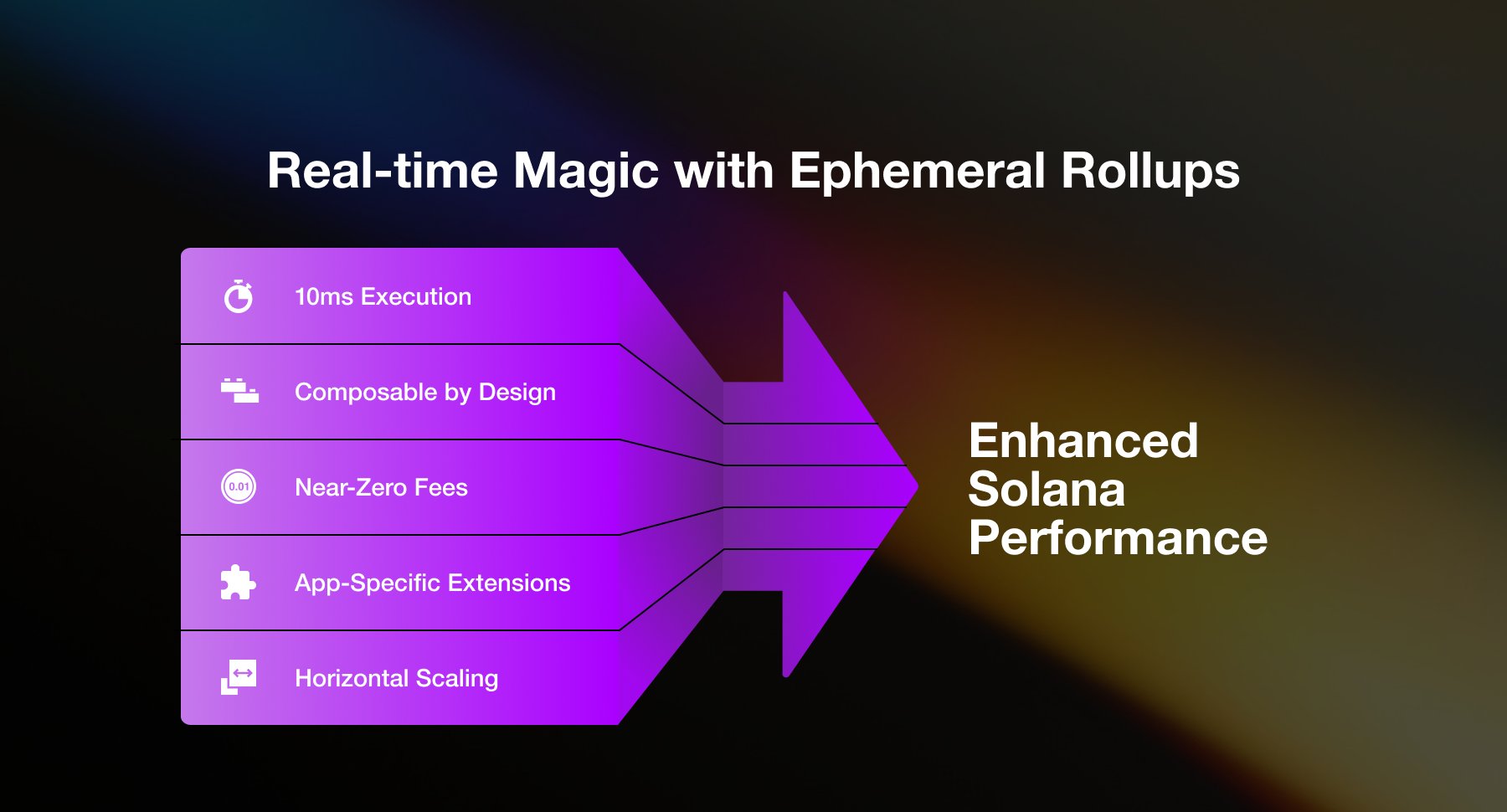
MagicBlock: The pioneering real-time engine bringing Ephemeral Rollups to Solana, enabling sub-50ms latency for gaming, DeFi, and analytics dApps. MagicBlock offers customizable execution environments and seamless composability with the Solana mainnet.
-

Lightspeed: A next-generation gaming protocol utilizing Ephemeral Rollups to deliver real-time, fully on-chain multiplayer experiences with minimal latency, unlocking complex gameplay mechanics previously impossible on blockchain.
-
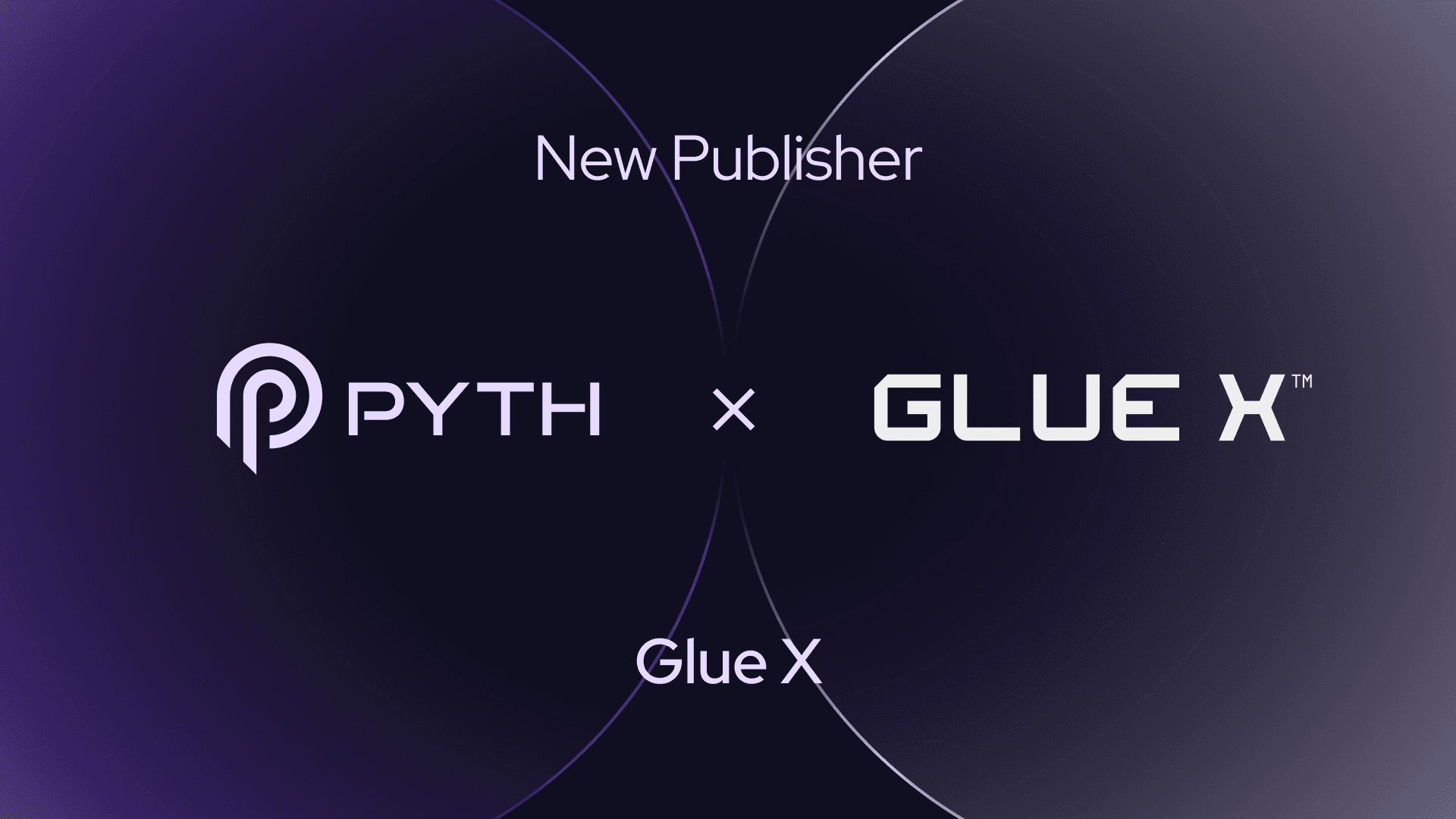
Pyth Network (via MagicBlock): Integrates Ephemeral Rollups for ultra-fast, real-time data feeds and analytics, enhancing DeFi protocols with rapid price updates and reliable market data on Solana.
-
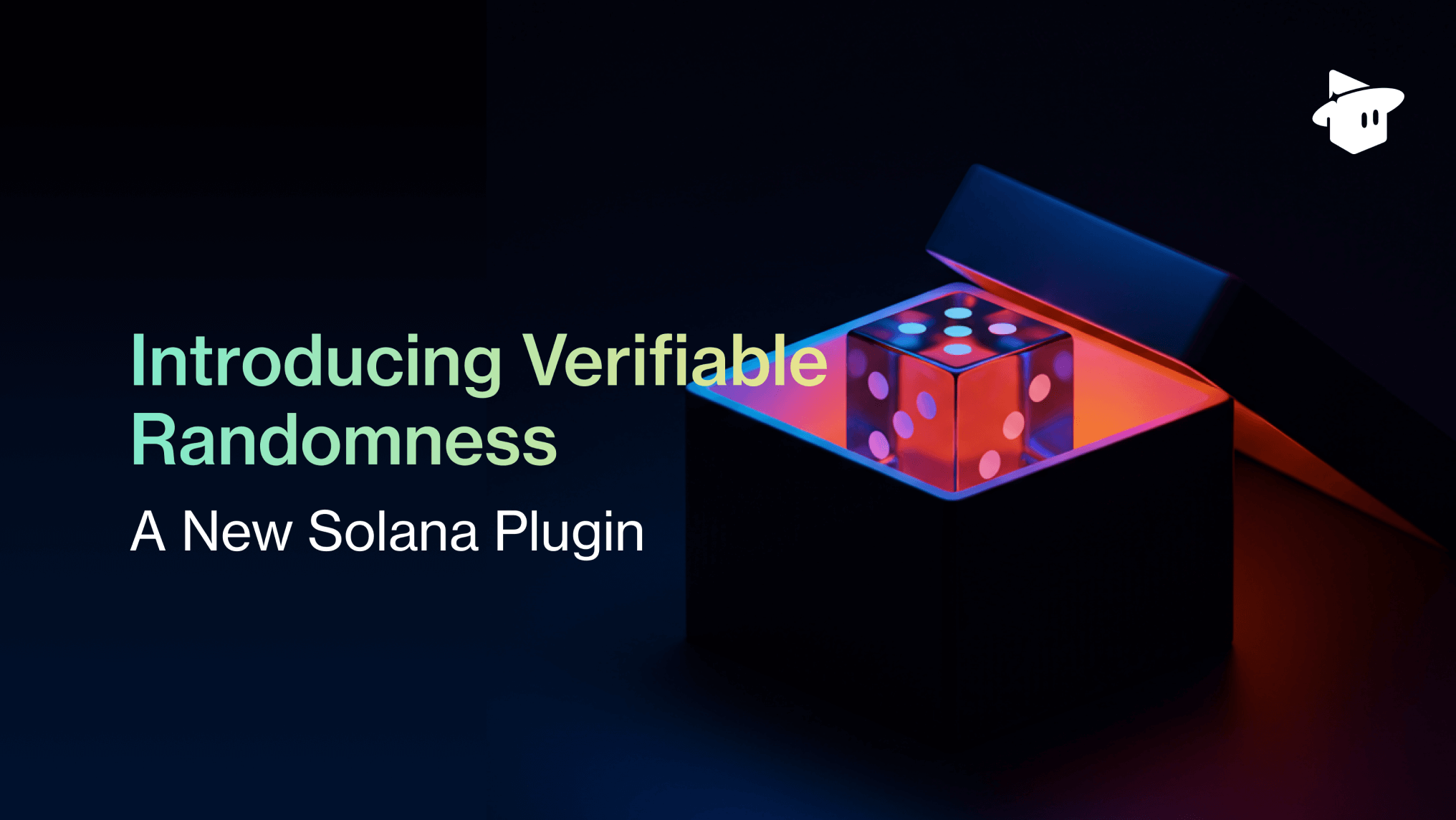
Solana DePIN Projects: Decentralized Physical Infrastructure Networks on Solana, such as those supported by MagicBlock, utilize Ephemeral Rollups for scalable node coordination, low-cost micropayments, and real-time service execution.
-
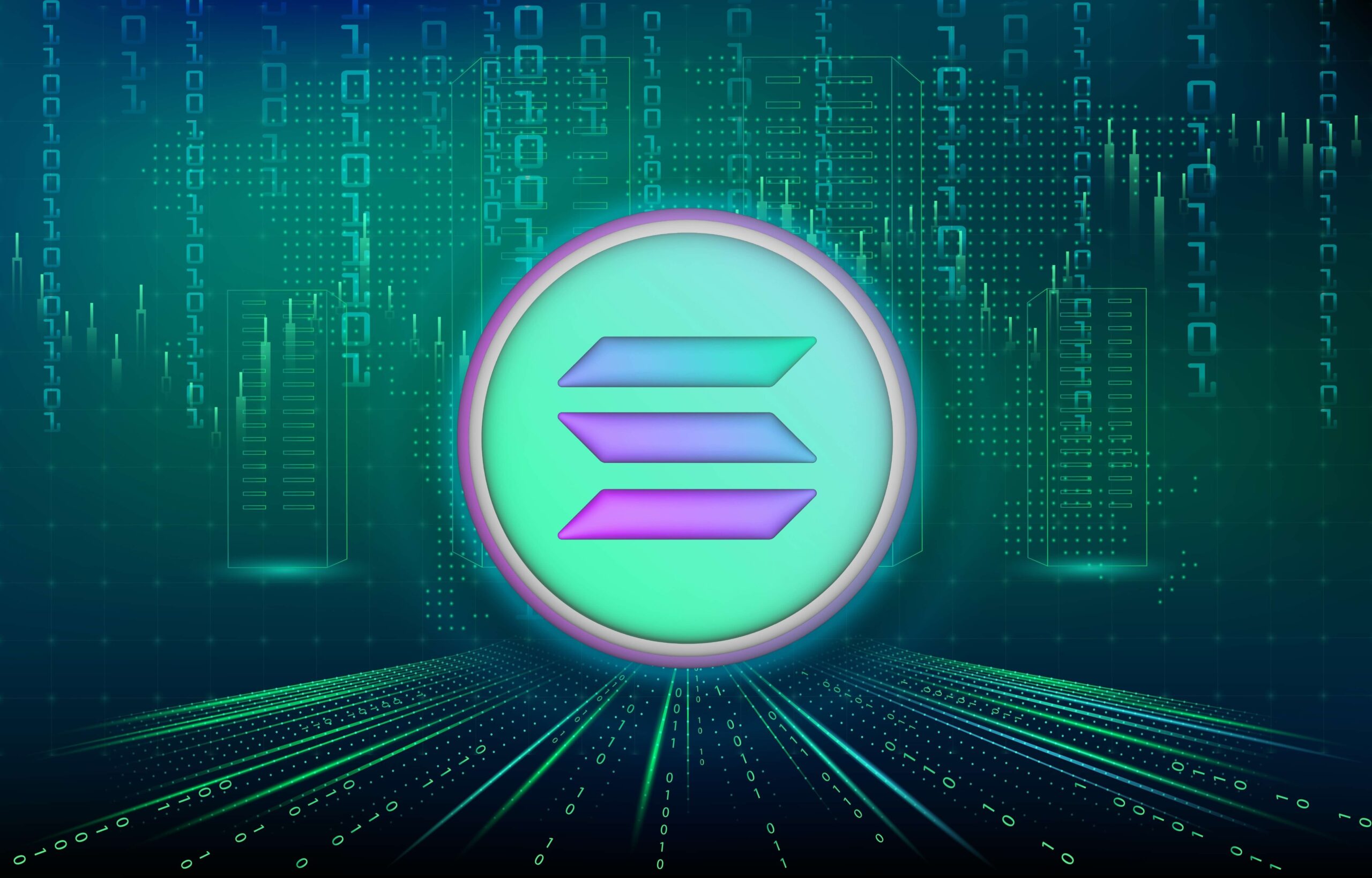
High-Frequency DeFi Trading Platforms: Emerging DeFi protocols on Solana are adopting Ephemeral Rollups to enable high-frequency trading, real-time order books, and low-latency swaps, setting new standards for decentralized finance performance.
Security remains a top priority. The dynamic fraud-proof mechanism built into MagicBlock’s architecture ensures that even as transactions are processed at web2 speeds, state integrity is never compromised. Challenge windows allow anyone to dispute invalid transitions before finalization, giving both developers and users confidence that the system remains tamper-resistant even as it accelerates.
Market Impact: Performance Meets Affordability
The rollout of Ephemeral Rollups Solana comes at a pivotal moment for the ecosystem. With Binance-Peg SOL (SOL) currently trading at $199.03, Solana’s market position reflects growing demand for scalable and responsive dApp infrastructure. As more projects adopt ephemeral rollup frameworks, we’re likely to see increased transaction volumes and user engagement across gaming, DeFi, and beyond, all without driving up fees or fragmenting liquidity.
This technology also levels the playing field for smaller teams who may not have the resources to engineer bespoke scaling solutions from scratch. By providing ready-to-integrate rollup modules with customizable latency guarantees and security hooks, MagicBlock lowers barriers to entry while raising the performance ceiling for everyone.
What Comes Next?
MagicBlock’s phased rollout strategy will be closely watched by developers eager to push Solana’s boundaries further. With Phase 1 going live by the end of Q2 2025, and a permissionless version slated for year-end, expect a new generation of apps offering near-instant feedback loops in everything from prediction markets to collaborative multiplayer worlds. If you’re building anything where milliseconds matter, competitive gaming arenas, high-frequency DeFi protocols, or real-time data feeds, ephemeral rollups are quickly becoming an essential tool in your arsenal.
“If you’re building games, DeFi, realtime apps on Solana, Ephemeral Rollups are the tech you want. ”
The bottom line: Ephemeral Rollups don’t just close Solana’s latency gap, they redefine what’s possible for modular blockchains as a whole. As this technology matures and becomes permissionless by late 2025, expect it to set new standards not just for speed but also for developer experience and ecosystem cohesion.






